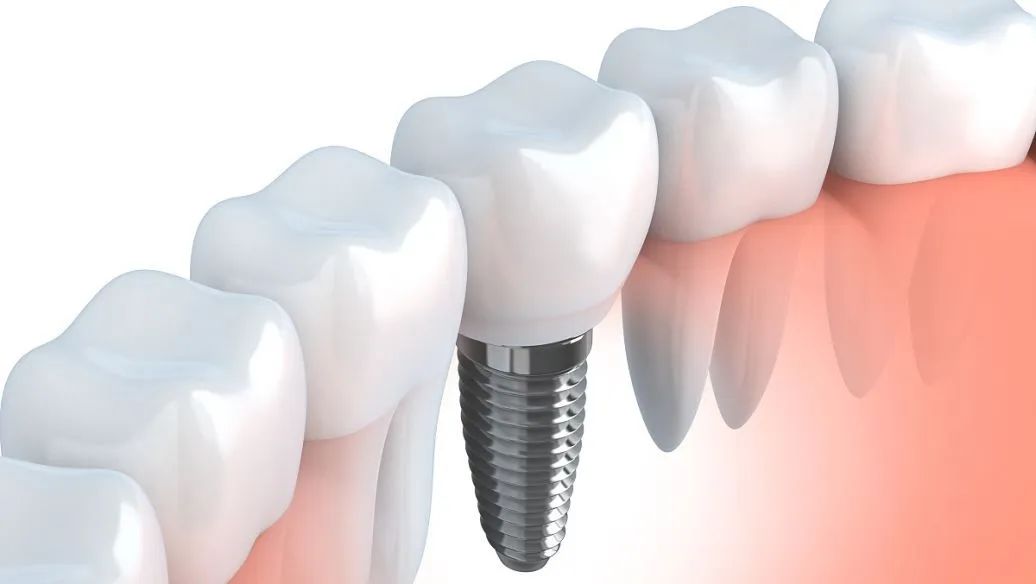
Material performance requirements for dental implants
Good biological performance
Histocompatibility refers to good affinity between implanted materials and soft, hard tissue and body fluids.
Biomechanical compatibility. When hard tissue and body fluid contact, the mechanical properties (elastic modulus and other parameters) of the material are similar to bone tissue, so as to avoid excessive stress concentration on the interface between implant and bone tissue when stressed.
Good mechanical properties
Planting technology is based on the development of modern mechanical processing. Good processing performance can meet the needs of shape design. Occlusion is the basic function of teeth, and implants can bear static and dynamic chewing and biting forces, without breaking, deformation, or wear during long use.
Good processing and forming performance
Standardized implants with consistent overall dimensions and fine surface processing are widely used in clinical practice. Sometimes, implant materials are made individually according to individual anatomical morphological characteristics to restore the damaged hard tissue.
Good corrosion resistance
The dental crowns and bridges made are immersed in the saliva of the human body, which contains proteins, inorganic acids, organic acids, and alkalis. In this environment, traditional dental implant materials are prone to corrosion, which can reduce the mechanical properties of dental implant materials. The resulting corrosion can cause irritation and toxicity to the human body.
Before implantation, the implant must be strictly disinfected and sterilized, so it is required that the implant materials used will not be affected by high pressure, high temperature, immersion and fumigation of various disinfection liquids and gases, ultraviolet radiation, and γ Degeneration occurs due to radiation irradiation and other treatments, without retaining residual disinfectant substances, to ensure the safety and success of implantation surgery.
Tantalum, the preferred material for oral implants
Early dental implant materials generally used precious metal alloys, such as silver alloy, 316L stainless steel, cast cobalt chromium molybdenum alloy, etc. But there are some problems, such as not having good corrosion resistance, and the sense of loading and chewing is becoming increasingly difficult to meet people's needs. In addition, the different materials and prices make it difficult for ordinary people to choose dental implant materials.
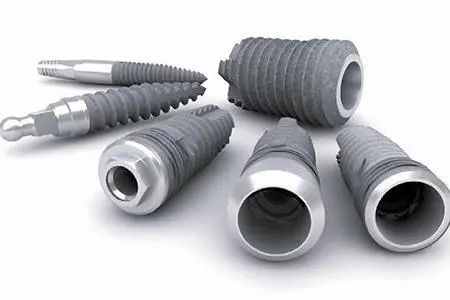
Tantalum and its alloys have outstanding advantages such as good corrosion resistance, excellent biocompatibility, suitable mechanical and physicochemical properties, and are developing rapidly in the medical field. They are gradually replacing the original dental implant materials and becoming the preferred materials for oral implants.
Tantalum metal has good biocompatibility
Tantalum metal does not react with human tissues, body fluids, blood and other components, and does not cause toxic or inflammatory reactions. After implantation, it helps to heal and fix. Unlike traditional medical metal materials, biological tissue grows on tantalum after implantation for a period of time, just like it grows on real bones. Therefore, tantalum is also known as a "metallophilic" material.
Tantalum metal with appropriate elastic modulus
Tantalum with a special pore structure has an elastic modulus between human cancellous and cortical bones, making it particularly suitable for bone replacement, joint replacement, and human tissue filling.
tantalum metal has excellent mechanical properties
Tantalum metal has sufficient strength and toughness, which is stronger than copper and has good ductility and wear resistance.
tantalum metal has good corrosion resistance
Tantalum is an industry recognized material with characteristics such as corrosion resistance, wear resistance, and high temperature resistance, which can be applied in various corrosive environments.
The corrosion resistance of tantalum allows the dental material to remain highly inert in the oral cavity, resistant to dissolution and erosion by oral saliva. It not only accompanies you for a long time, but also avoids the pain of repeatedly exchanging dental material and enjoying a delicious life.
Application Examples of Tantalum Implants
A study in the United States and Italy shows that the use of tantalum based implants for immediate temporary restoration of multiple teeth after tooth extraction is a safe method and can long-term predict the stability of hard tissue and soft tissue. This paper was published online on September 25, 2019 in the journal Clin Oral Implants Res.
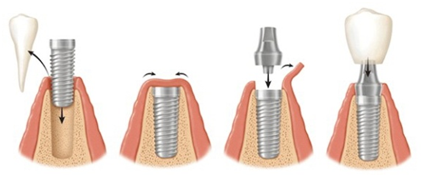
This retrospective study analyzed patient case information and determined that the study subjects were all patients who underwent immediate implantation using a single trabecular metal implant. The non-invasive and non flap technique is used to extract a patient's single irreparable multiple teeth, and the implant is immediately implanted after tooth extraction. The causes of tooth extraction for patients include crown root fracture, deep caries, chronic periodontitis, and/or failure of dental pulp treatment. The researchers implanted the implant into the center of the extraction socket, with its top 3-4 mm away from the free gingival margin. Implant cancellous bone and cortical mineralized allogeneic bone between the implant and the extraction socket. Use temporary healing crowns for immediate repair and choose screw fixation to connect to the implant. The length of the selected implant is 10-13 mm, and the diameter range of the implant is 4.7-6.0mm. After 4 months, a screw retained glass ceramic crown was selected for final repair.
As a result, a total of 21 patients (15 females and 6 males) received 21 implants, with an average age of 62.2 years (ranging from 30 to 69 years), and were followed up for 6 years. All implants are implanted in the maxillary molars (N=21) and located in low-density bone. After implantation, the insertion torque of all implants reached 40N • cm (N=21), and the average implant stability coefficient (ISQ) was 72.3. At 1 year of implantation, the red aesthetic score was 13.4 points, and at 6 years of follow-up, it was 13.0 points. The average alveolar ridge absorption at 1 year of implantation was (0.48 ± 0.34) mm, and at 6 years of follow-up after surgery, the average alveolar ridge absorption was (0.889 ± 0.31) mm. After 6 years of follow-up, both the implant retention rate and success rate were 100% (N=21). There are no unresolved complications. The patient expressed satisfaction with chewing function, pronunciation, and aesthetics.
Tantalum coated products
Due to the scarcity and high price of metallic tantalum in the Earth, using pure metallic tantalum as a raw material for dental implants can result in higher costs, making it difficult for ordinary consumers to accept.
At the same time, many metal materials can be used in the medical field due to their unique properties, but due to their lack of biocompatibility, their advantages cannot be applied in clinical practice. Now, we can coat tantalum metal with strong corrosion resistance and stability on the surface of these metal materials, allowing those metal materials with unique properties that were previously taboo for low biocompatibility and cannot be used in clinical practice to be reused.
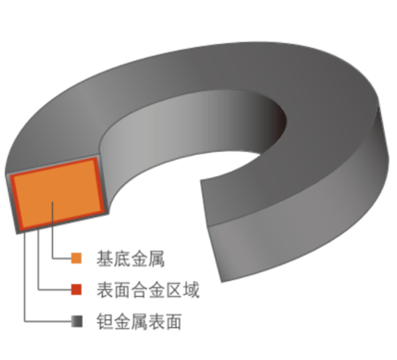
The surface alloy prepared by the low-temperature chemical vapor deposition method developed by Aines has the physical properties of tantalum metal, which can effectively improve the mechanical properties of the matrix. It has excellent deformation and bending ability, and unparalleled corrosion resistance, high temperature resistance, and high pressure performance, making it the best choice under many working conditions. Ains has successfully utilized this technology to tantalum plating various medical products, providing customers with high-performance and low-cost high-quality services.
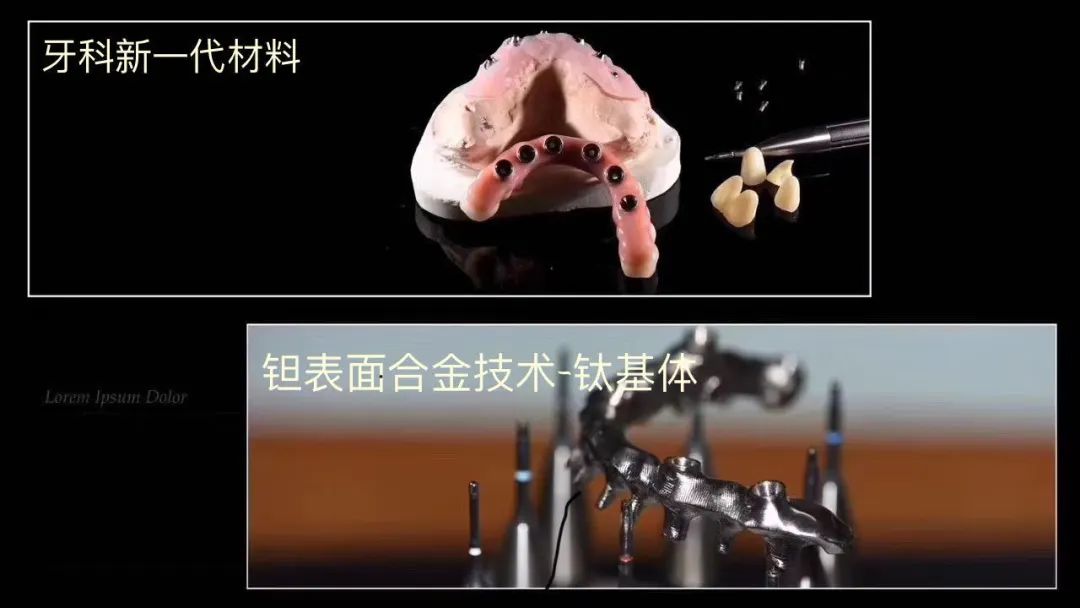
Tantalum and its alloys have unparalleled advantages as dental materials compared to traditional dental implant materials, making it the most ideal and promising implant material.